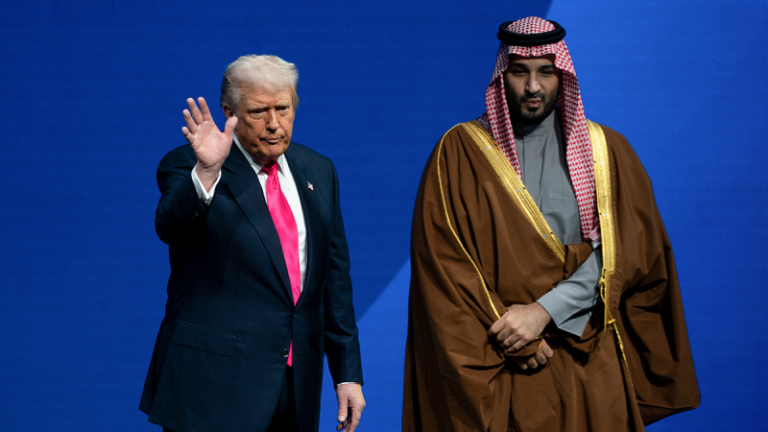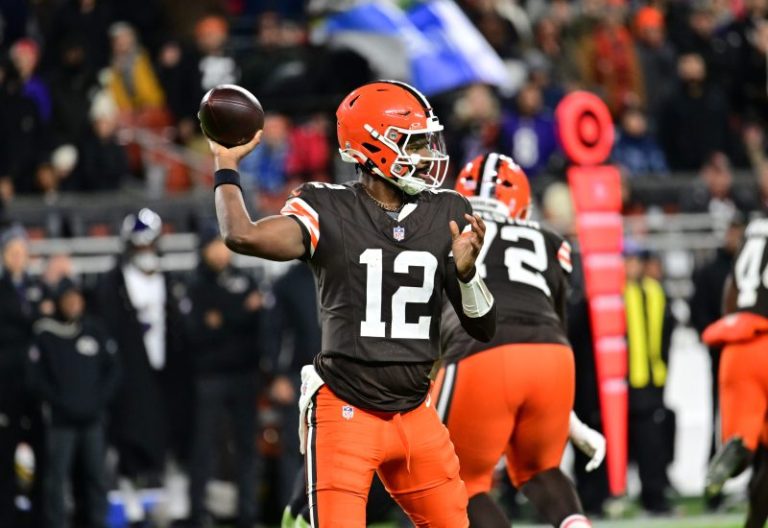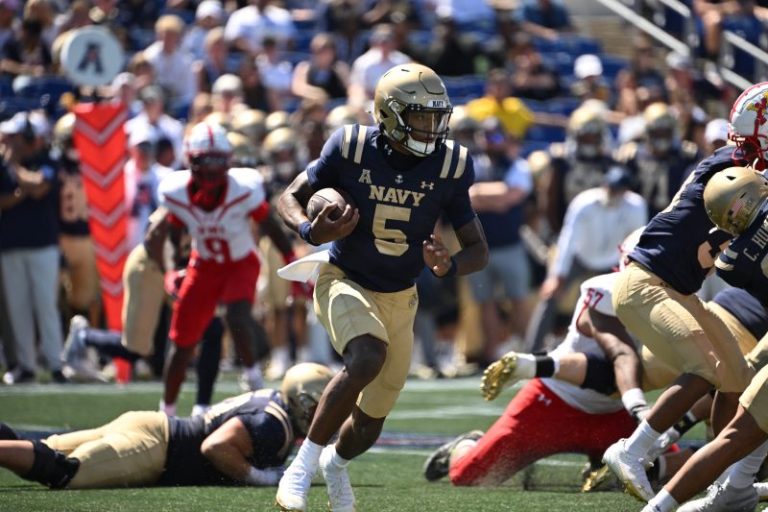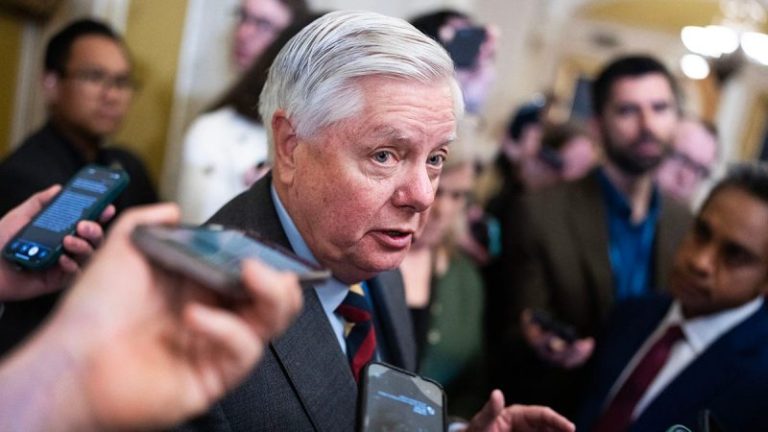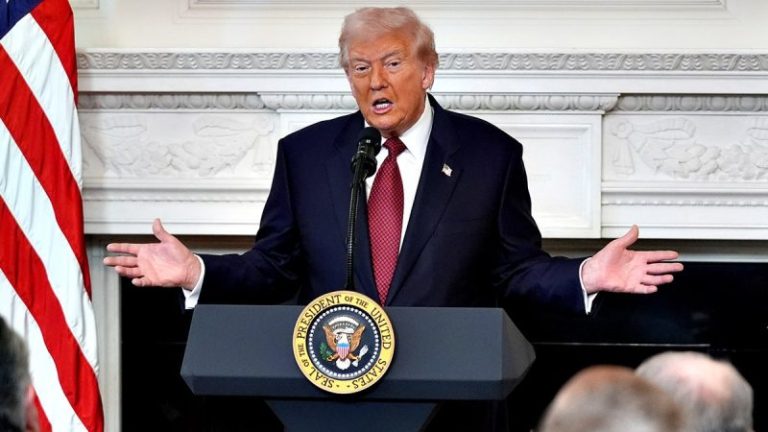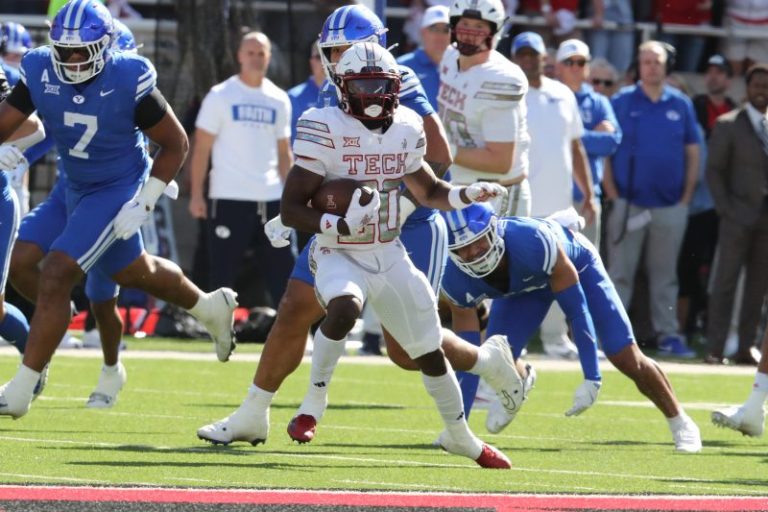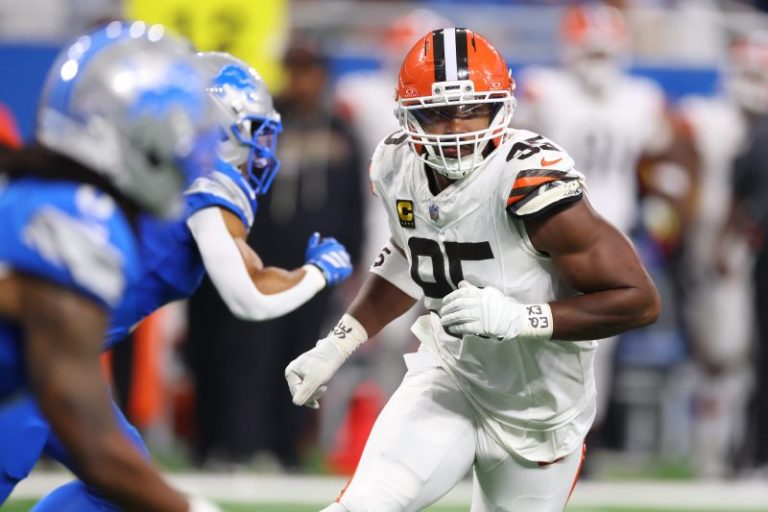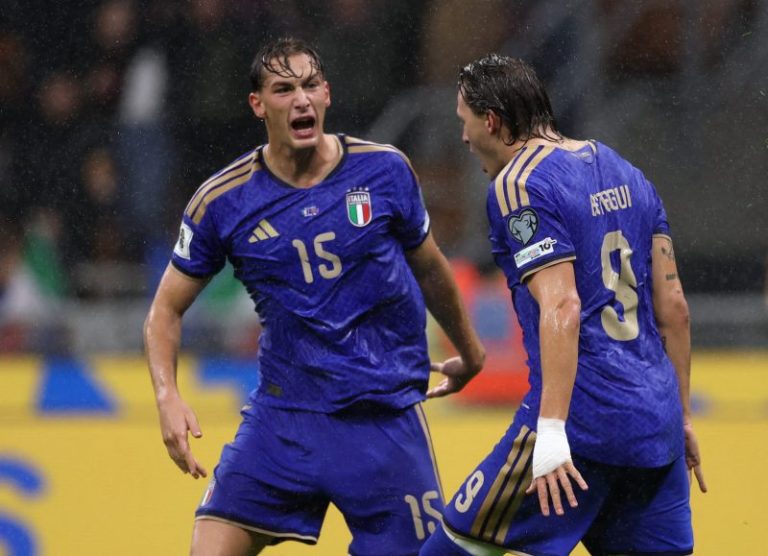Is it time for the NFL to take a page out of soccer’s playbook and sublet its stars?
It would certainly be nice to see Myles Garrett with a team positioned to make a deep playoff run as he toils with Cleveland for a ninth season.
In addition to Garrett, these five other stars would also be prime loan candidates in 2025.
One can get some loopy ideas, especially when one subjects oneself to 14 hours of NFL football on any given Sunday.
Take last weekend for instance.
Aside from those who live in South Florida, inside the Beltway or have a fantasy team anchored by De’Von Achane, then there was little reason to get up early to watch the Week 11 matchup between the Miami Dolphins and Washington Commanders … unless you were curious to see the visuals from the league’s first-ever regular-season contest from Madrid – which included Real Madrid’s Bernabéu Stadium, perhaps European fútbol’s preeminent palace.
Sunday night’s, uh, fixture between the Eagles and Lions featured two teams with Super Bowl aspirations – even if one could argue each might be a pivotal player away from World Cup, er, Lombardi glory. If only they could sublet another player.
Wait, what?!?!
Full transparency, I’m no kickball enthusiast – unless “Ted Lasso” or “Welcome to Wrexham” is about to resume. Soccer is replete with drawbacks – such as ties (I mean draws), offsides, fake injuries, hooligans, midseason Cups (like the moronic one the NBA continues clinging to) and FIFA. But it does have some otherwise intriguing aspects to its tableau – think promotion/relegation and spectacular venues such as Bernabéu.
And the loan system. Can you imagine that in the NFL?
Maybe you’re thinking the league’s transfer window – trade deadline, I mean trade deadline – just expired earlier this month. That is true, of course, and a few big names, namely ex-New York Jets Quinnen Williams and Sauce Gardner, joined new sides. Yet, like in most leagues, most NFLers who are dealt in the middle of a season are often sub-star-caliber and literally are rentals, sent to a new team for what’s probably a temporary hitch as their existing contract runs out – essentially what happened with new Eagles OLB Jaelan Phillips, Seahawks WR Rashid Shaheed and Jaguars WR Jakobi Meyers.
But consider the possibilities – and additional interest – if the league implemented a loan window after the trade deadline? I’m talking about the opportunity of a team allowing a superstar to play elsewhere, probably for the remainder of a given season (or maybe an additional year) in return for draft picks (maybe), prospects (maybe) or even salary cap space (which currently can’t be exchanged) in addition to whatever would be saved when the gaining team picked up the player’s paychecks for the term of the rental. This might also be an avenue to give younger, unproven guys developmental playing time elsewhere if they’re buried on the depth chart of a good team.
And I get it, football is an inherently riskier sport than fútbol, and a club and its fan base would certainly suffer some degree of agita watching one of their key guys selling out while in harm’s way and in another uniform, if only temporarily. But everyone has a price point. And there’s also an argument to be made that a bond between a player and organization could be strengthened if he was liberated – if only for a finite period of time – to pursue a Lombardi Trophy elsewhere.
With this wild proposal in mind, here are six players I wish were eligible for loans in 2025 – for the greater good of their teams, but mostly for them personally.
DE Myles Garrett, Cleveland Browns
He has to be the premier example here, right? In case you’d forgotten, he requested a trade prior to Super Bowl 59 earlier this year, even penning a goodbye letter to Browns fans. A four-year, $160 million extension in March unsurprisingly changed Garrett’s mind as it made him the league’s highest-paid non-quarterback at the time. Yet he’s enduring a similar fate in 2025 as previous campaigns, playing extraordinary football in the dark, on pace for a single-season record 25½ sacks – 10 coming over the past three games (all losses), including four in Sunday’s defeat to Baltimore.
Said Cleveland safety Grant Delpit: “I mean he’s the greatest of all time. He’s the best I’ve seen do it. I’m glad that he’s on my team.”
But imagine if the No. 1 pick of the 2017 draft wasn’t – at least not exclusively. What if the Browns could double deal, just a little bit, but ultimately keep the guy who could wind up being the greatest player in franchise history not named Jim Brown while also obtaining (needed) assets to upgrade Garrett’s supporting cast − all while affording him the opportunity to chase the ring he claimed he wanted so badly earlier this year? And how fascinating would it be to learn what teams might be willing to bid in order to borrow a guy for a half-dozen games or so? Sure, the notion of a dude playing his entire career in one helmet is romantic … even if every team has three helmets now. It also basically never happens. That hasn’t diluted Tom Brady’s ties to New England or Peyton Manning’s to Indianapolis or Jerry Rice’s to San Francisco.
The NFL is predicated on competitive balance, and loans would theoretically only disrupt that temporarily – while potentially adding another highly riveting component to the later stages of the regular season, when circumstances are always going to force some clubs by the wayside, regardless of conditions.
“Free Myles” … even if we’re merely furloughing him.
(And Cleveland needs to update the above social post.)
Playoff career: One win in two postseason appearances over his first eight seasons.
Ideal “loan” fit – Patriots: New England is tied for the league’s best record (9-2), has – by far – the most unused cap space in the league ($52 million-plus, per OverTheCap) and no dominant pass rusher on an eighth-ranked defense.
DE Maxx Crosby, Las Vegas Raiders
If Garrett is in a tier unto himself, Crosby is right below him. A talented, relentless, loyal soldier who’s remarkably straightened out his life and blossomed into a leader with the franchise that drafted him – and he and the Raiders remain mutually dedicated after he signed his own three-year extension earlier this year – Crosby nevertheless remains tethered to an organization that seems stuck in a perpetual rebuild. Hopefully he eventually plays for a Sin City winner, but it’d be nice if he could finally showcase his talents for one elsewhere.
Playoff career: Zero wins in one postseason appearance over his first six seasons.
Ideal “loan” fit – Lions: Detroit still hasn’t found a certifiable wingman for fellow DE Aidan Hutchinson, who was routinely enveloped Sunday night by the Eagles’ O-line. Borrowing Crosby would make opponents pay for double-teaming anyone on the edge.
OLB Brian Burns, New York Giants
He’s in the midst of a career year, Burns’ 13 sacks trailing only Garrett (15) league-wide. But that spectacular effort won’t last beyond 17 games with the flatlined G-Men, Burns no closer to his first-ever playoff trip.
Playoff career: No appearances over his first six seasons.
Ideal “loan” fit – Panthers: After he was traded last year, let’s send Burns back to Charlotte, where he toiled for his first five seasons and already knows much of the building and DC Ejiro Evero. The Panthers are currently hovering just outside the projected NFC playoff field and don’t have a defender with more than three sacks. A brief get-together with their former flame could be hot stuff for both parties.
DT Jeffery Simmons, Tennessee Titans
The Titans once again have the league’s worst record but have identified Simmons, a three-time Pro Bowler, as part of their future and opted not to trade him. But if they could loan him? He’s not Aaron Donald, but who is? However Simmons is certainly on par with Williams, who fetched a first- and second-round pick plus more from Dallas, and can certainly crush a pocket that so many of the league’s elite passers rely upon in January. Here’s hoping Simmons lasts long enough to reach another postseason game in Nashville – but sure would be nice if he was guaranteed one under a different situation.
Playoff career: Two wins in three postseason appearances (none since 2021) over his first six seasons.
Ideal “loan” fit – 49ers: Granted, Simmons isn’t an off-ball linebacker or pass rusher who could fill in more seamlessly for Fred Warner or Nick Bosa, the Niners’ injured defensive stalwarts. But Simmons could wreck shop from the inside for a unit that values D-line depth but had already been largely revamped by free agency before losing its two best players.
TE Trey McBride, Arizona Cardinals
He’s been more than living up to the four-year, $76 million contract he signed earlier this year, albeit for a team that’s taken a major step back in 2025. If he’s not the league’s best tight end at present, McBride is certainly the most productive, his 71 catches, 718 yards and seven TDs all tops at the position entering Week 12.
Playoff career: No appearances over his first three seasons.
Ideal “loan” fit – Packers: What a Band-Aid McBride would be for a Super Bowl hopeful forging ahead without injured Tucker Kraft.
RB Bijan Robinson, Atlanta Falcons
Maybe it’s somewhat premature to suggest loaning a potential superstar, one who scored two more touchdowns in obscurity during Sunday’s come-from-ahead loss to Carolina. But Robinson, now in his third season but eligible for his first mega-money extension in 2026, seems headed down the Saquon Barkley road with the ill-constructed Falcons, who are quickly squandering the prime years of a player whose position almost certainly limits his professional longevity. And given what a real-time highlight reel the luminous Robinson is capable of being, he’s the kind of high-wattage star and personality who deserves the opportunity to flourish on grander platforms.
Playoff career: No appearances over his first two seasons.
Ideal “loan” fit – AFC West: Can you imagine if the Chiefs, Broncos and Chargers got to fight over Robinson as a potential temp? Kansas City doesn’t run the ball particularly well and would surely love to make another move to spark their expected playoff push; Denver just lost RB J.K. Dobbins to a foot injury that will probably end his season; and the Bolts have been trying to get by without injured Omarion Hampton and Najee Harris. But Robinson to K.C. might be especially … special? Seeing what he could do during a deep postseason run while leveraging his multi-dimensional ability with the game’s most clutch quarterback would be something to behold.
This post appeared first on USA TODAY


